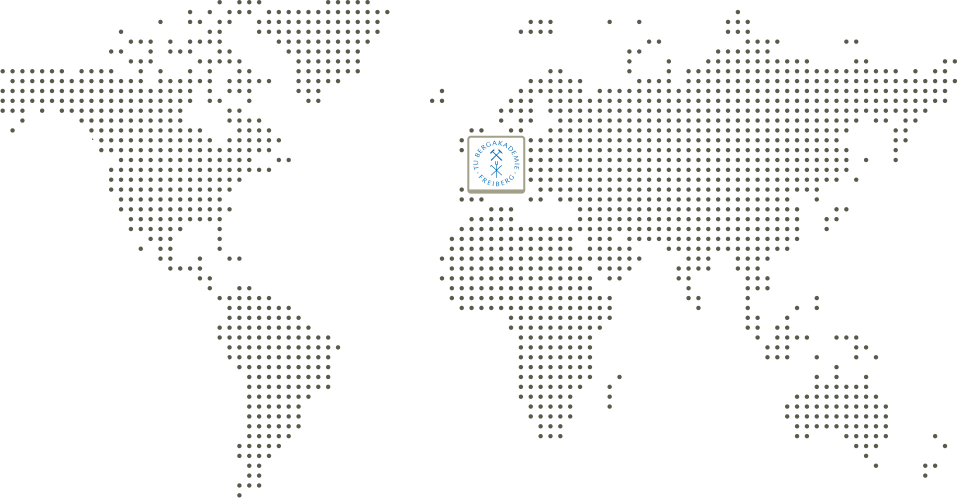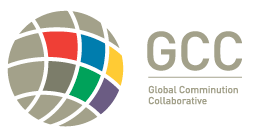A worldwide collaboration facing the challenges of sustainable comminution
FOUNDING MEMBERS
-
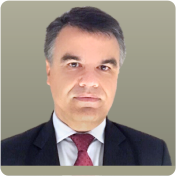
After successfully completing his PhD under the supervision of the late Prof R.P. King, at the University of Utah he founded the Laboratory of Mineral Technology at the Univesidade Federal do Rio de Janeiro (UFRJ). This would later become the leading Latin American research group in the field of comminution. He has been a member of the faculty of the Department of Metallurgical and Materials Engineering of UFRJ for the last 25 years, holding a Full Professor position since 2015. His work is published in over 130 peer-reviewed journal papers, +150 conference proceedings in events in Brazil and overseas, besides several book chapters and a book on gravity concentration technology. He has worked closely with industry, having been principal investigator of over 100 research, development and consulting projects, besides supervising over 50 masters and PhDs.
Marcelo has been deeply involved in bridging the fundamentals of particle breakage to advanced models of comminution, applied to a variety of crushers and mills, besides problemas involving degradation duing handling. His breakage model – called Tavares UFRJ model – is implemented in the leading commercial DEM platforms (Altair EDEM and ESSS Rocky), whereas the mechanistic mill model developed under his guidance – the UFRJ mechanistic mill model – was the first DEM-based mill model ever available in a commercial mineral processing plant simulator (Orica IES). His expertise also includes topics such as ore characterization, comminution, classification, besides physical concentration and iron ore agglomeration, with particular interest in multicomponent modeling and simulation.
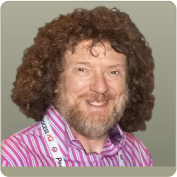
Malcolm has applied fundamental comminution research to design and process improvement on over 60 mines worldwide during 35 years at Mintek, UCT, and then as Professor of comminution at the JKMRC in Australia. His work is published in over 200 papers and has been presented in as many conferences worldwide. Malcolm collaborates extensively, with close compatriots on 5 continents forming the Global Comminution Collaborative (GCC) – providing an expert research and consulting base covering the full comminution process chain.
Malcolm’s research vision is of integrated total process simulation as a tool for innovation – linking geology, mining, energy and size reduction, gangue rejection and recovery into flexible process design and process optimisation. Through his research companies, Malcolm is currently applying advanced modelling techniques and knowledge of fracture to the development of new highly energy-efficient, processes enhancing and lower environmental impact equipment to be integrated into flexible processing of the future.
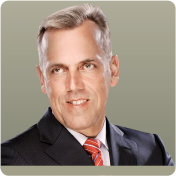
Holger Lieberwirth is Director of the Institute of Mineral Processing Machines and Recycling Systems Technology (IART) at the Technical University Bergakademie Freiberg, the oldest active mining school worldwide. Having graduated with a PhD in Mechanical Engineering in the area of mining of mining machines he has hold engineering as well as management positions in companies such as thyssenkrupp, TAKRAF and Beumer. For about 25 years in industry, he collected hands-on experience in planning, designing, manufacturing and commissioning machines and systems in mining, materials handling and minerals processing in more than 50 countries worldwide before joining the university in 2013.
Holger pursues a holistic approach to efficient raw materials processing from mine face to concentrate. By quantifying mineral microstructures and material characteristics, most efficient stress methods are derived to liberate the valuables and the respective smart comminution machines and processes are shaped for ores, spars, salts as well as slags and secondary raw materials. Reducing energy and water consumption, as well as the amount of waste produced by applying smart machines and processes is in particular focus. Well-equipped laboratories with a wide variety of crushers, mills, screens, sifters and pelletizing/briquetting machines support the investigation even of bulk samples in this background.
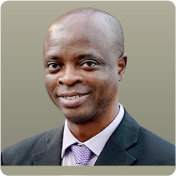
Aubrey Mainza is a Professor in the Department of Chemical Engineering, University of Cape Town (UCT). He graduated from UCT with a PhD in 2006. He has 22 years of collective experience in academia, research and industry. He is the Head of the department of Chemical Engineering at the University of Cape Town and is a Deputy Director and Head of Comminution and Classification Research in the Centre for Minerals Research, which is a large multi-disciplinary research centre. His area of expertise is in comminution and classification and uses Discrete Element Method (DEM), Computational Fluid Dynamics (CFD), and Positron Emission Particle Tracking (PEPT) as tools in his modelling methods. He has participated in many local and international research projects and has worked on numerous comminution circuit design and optimisation projects in various parts of the world. He has supervised many postgraduate students to graduation some of whom hold high positions in industry and is still an active supervisor of postgraduate students and has published widely in the international mineral processing and aligned disciplines literature.
He has held position of Chairman for the Global Comminution Collaborative (GCC) and chairperson for the International Comminution Researchers Association (ICRA) African Chapter and chairperson for the Western Cape Branch of the Southern Africa Institute of Mining and Metallurgy (SAIMM) and is currently a committee member for all of these associations. Aubrey is on many advisory committees for international conferences and is a consultant for the Minerals Engineering International Comminution Conference. He is a founder member of PEPT Cape Town, a facility established in Cape Town for studying flow behaviour in different systems and for medical research.
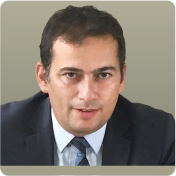
Prof Hakan Benzer has a Doctorate in Mining Engineering from Hacettepe University, Turkey in 2000. He graduated and gained his Master of Science degree from the same university in 1992 and 1996 respectively. He worked at Julius Kruttschnitt Mineral Research Centre (JKMRC) in Australia as a visiting academic in 2001. Currently, he is working as a full Professor at Hacettepe University Mining Engineering Department.
Prof Benzer is a highly experienced consultant providing a range of services to the mineral processing community, with extensive experience in the design and optimisation of mineral processing circuits as well as eco-efficient comminution technologies (dry/wet). Hakan has 28 years of experience in the mining industry and has managed over 70 large projects globally to date. In addition to his consultancy role directly to the industry, he has been running research programs directly with the major mining houses globally and major equipment suppliers. He supervised several MSc and PhD theses in mineral processing. He has published two book chapters on comminution. Over 100 technical papers were presented at conferences and journals. He is a founding member of the GCC. He has delivered numerous technology transfer workshops to the industry.
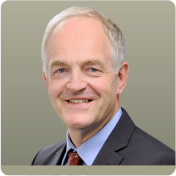
After finishing his doctorate on autogenous comminution of limestone in stirred media mills in 1996, Arno Kwade worked about 4.5 years as a process engineer in a leading position of an engineering office specialized on bulk solids handling solutions, and worked as consultant for comminution technology. In 2000, he became general manager of a midsize company operating concrete block factories and a gravel mine. Since 2005, he is leading the Institute for Particle Technology at TU Braunschweig with a strong focus on fine comminution and classification as well as bulk solids processing and handling. Moreover, he is head of the European working party on comminution and classification since 2010.
His research focus lies on gaining deep knowledge and developing process-structure-property relationships as well as mechanistic models of processes in which particles are mechanically stressed and formulated. Besides processing of classical products as especially minerals, cement and ceramics, today also sustainable products and processes are important research topics, ranging from mechanochemical synthesis to production and recycling of electrodes for lithium-ion and all-solid-state batteries. In this regard, he is Chairman of the Battery LabFactory Braunschweig (BLB) and the Center of Pharmaceutical Engineering (PVZ).
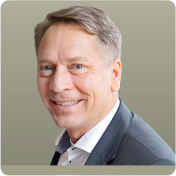
Dr Magnus Evertsson is a professor at the department for Industrial and Materials Science at Chalmers University of Technology in Gothenburg, Sweden. He got his PhD in Machine and Vehicle Design in 2000 focusing on cone crusher modelling and simulation. In 2006 Magnus was appointed the Swedish academic Docent degree. He was appointed professor in Machine Elements in 2012. Prof Evertsson founded the research group Rock Processing Systems (CRPS) in 2002. Over the last to decades the research activities have covered fundamental modeling and crushing and screening equipment, process modelling and optimization.
The current research activities are focused on: Dynamic simulation and optimization of coarse comminution; Real-time optimization and control of crushing; DEM-modelling of comminution equipment; Simulation of environmental impact in crushing and screening processes.
Prof Evertsson has industrial experience and has worked with aggregates production for the Heidelberg Cement Group. He has also worked for 10 years as a senior process specialist at Sandvik Mining and Construction focusing on R&D of crusher equipment. Prof Evertsson is one of the founders of the spin-off company Roctim AB specializing on cone crusher control and crushing plant simulations. He is an esteemed lecturer in several courses in machine elements and he has been awarded with the Chalmers Pedagogical Prize and also multiple times a best lecturer at the mechanical engineering programme.
INDIVIDUAL MEMBERS
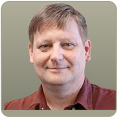
Marko Hilden
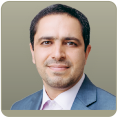
Mohsen Yahyaei

Indresan Govender

Johannes Quist

Sherry Bremner

Ben Bonfils

Sandra Breitung-Faes
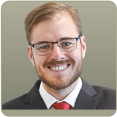
Grant Ballantyne
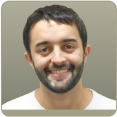
Tulio Campos

Shujaat Ali
CURRENT BOARD MEMBERS

Holger Lieberwirth
President

Aubrey Mainza
Vice President & Public Relations

Marcelo Tavares
Simulation Tools

Malcolm Powell
Publications

Arno Kwade
Treasurer

Magnus Evertsson
Education
CONTRIBUTING INSTITUTES
Loading...-
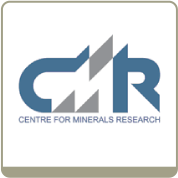
The CMR is a world leading multi-disciplinary, inter-departmental Research Centre that conducts research in the areas of comminution, classification, froth flotation and process mineralogy. The comminution research covers a wide range of comminution and classification process equipment and circuit modelling. Flotation research includes flotation chemistry, flotation cells, flotation froths and circuit simulation. Process mineralogy research includes mineralogical textural descriptors and alteration processes.
The CMR provides a hub of expertise in Africa, with extensive general process design and optimisation experience around the world. The CMR has specialist skills in comminution and classification and have developed state of the art modelling capability for hydrocylones and run-of-mine ball mills (RoM mills). The CMR also has expertise in the Positron Emission Particle Tracking (PEPT) system, which is used to examine granular flow in flotation, comminution and classification devices. This data is used to further refine state of the art models of these devices.
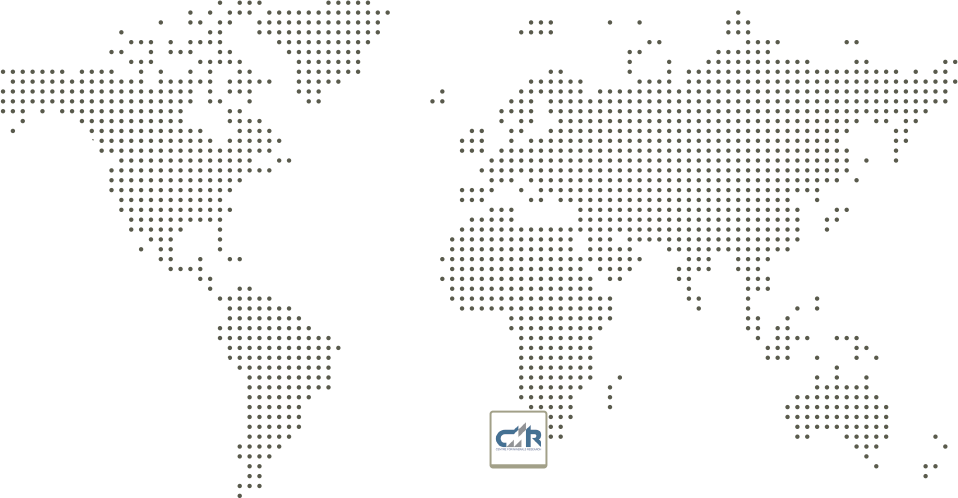
-
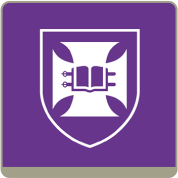
The Julius Kruttschnitt Mineral Research Centre (JKMRC) is a world-class provider of postgraduate education and innovative applied research in mineral processing and geometallurgy.
With an outstanding international reputation as an innovator in mining and mineral processing research, the JKMRC is noted for the industry's widespread use of its research outcomes. It is the largest Australian research centre in this field and collaborates with major mining and mineral processing research groups and universities worldwide. JKMRC research is sponsored by most major mining companies, OEMs and the Australian Government.

-
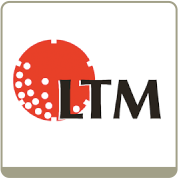
LTM has nearly 25 years of tradition in the fields of mechanistic mill and crusher modelling, ore breakage characterisation, physical separation and handling and degradation during bulk materials handling. Work underpins efforts to incorporate rock strength explicitly into mill and crusher models, with an interest in understanding relationships between ore texture and composition and response in comminution.
The group has developed mathematical models for predicting mechanical degradation of bulk materials during handling and also works on life cycle analysis and sustainability in mineral processing. Mathematical models developed are found in several commercial platforms, including IES, EDEM and Rocky. The group has highly developed mathematical modelling skills, suited to complex process modelling, dynamic simulation and control. LTM is well recognized for its leading role in the field in Brazil as well as the South American region, with particular focus in iron ore processing. Recently, expertise has been extended to the field of iron ore agglomeration and its accompanying processes.
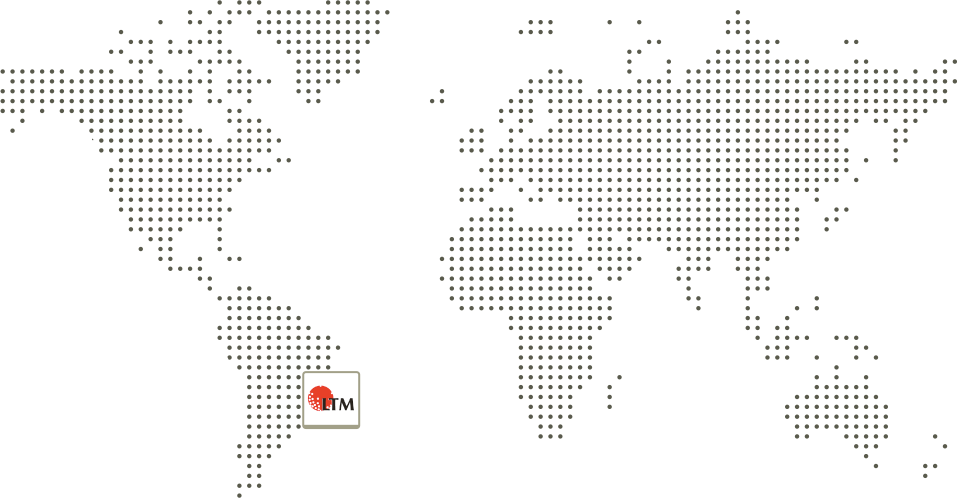
-

A group with extensive experience in dry grinding and classification, with specialist skills in HPGR, vertical roller mill and air classifier technology. The groups proven industrial capability is being incorporated in general mineral processing modelling, to apply to process design and optimisation. Their input in invaluable as more dry processing and HPGR technology is incorporated into process design.

-
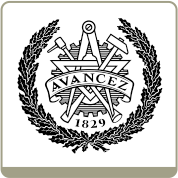
The research group has a background of crushing and screening processes for the aggregate industry where precise production and quality control is in focus. The modelling, simulation and process control knowledge has been brought into the minerals processing arena.
The group provides expertise in dynamic process modelling and design of dry circuits that play an integral and increasing important role in mineral processing. A very important outcome is that process control systems must be considered for the dynamic process behavior.
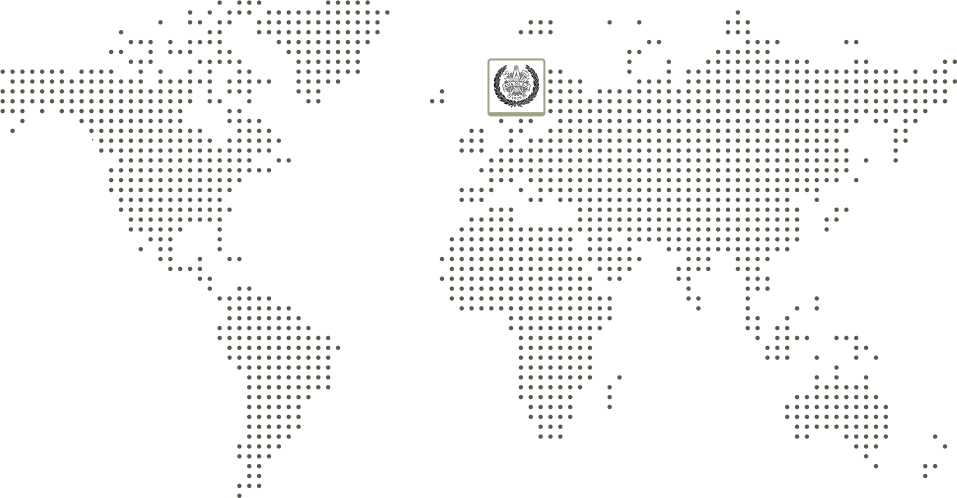
-
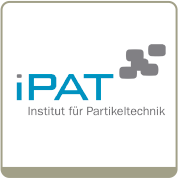
The iPAT is a research institute with a world-wide unique knowledge on fine grinding processes that considers the entire value chain from formation of fine particles by top-down, especially by fine grinding, and bottom-up processes over classification, conditioning and formulation of the particles up to processing of the particles to achieve innovative products. Today, especially the products batteries, solid drug products and additive manufacturing powders are in the research focus. Moreover, the circular economy and recycling of society relevant products like lithium-ion batteries and resulting secondary materials like artificial minerals are important topics with strongly increasing research scope.
Based on the intensive research activities the iPAT offers several pilot facilities for developing industrial processes and products, among others wet and dry operated stirred media mills, ball mills and impact mills of different size. For the characterization of particles and powders a great variety of equipment is available, ranging from different particle size measurements over micro-computer tomograph, XRD, SEM, surface analysis methods like inverse gas chromatography and TGA up to several testers for bulk solids flowability. For the technology transfer, besides consultancy and other industrial projects an annual course on stirred media milling is organized for the industry.
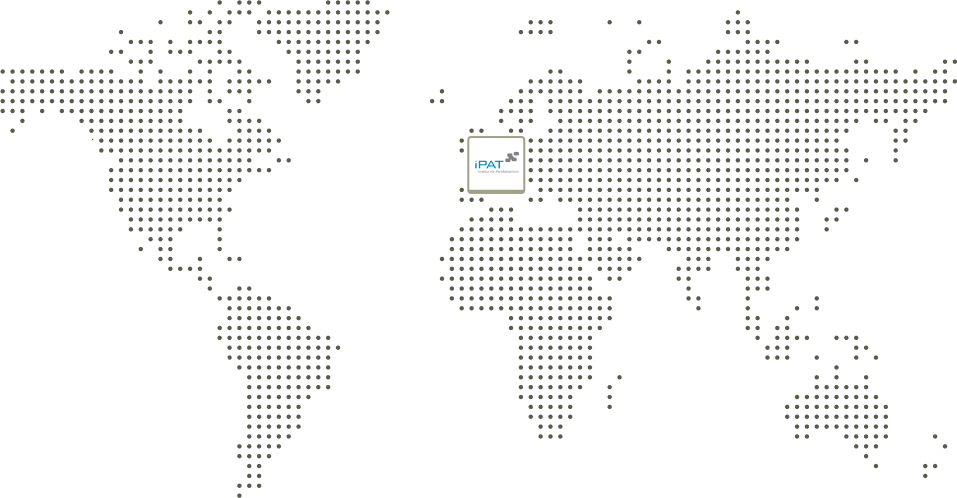
-
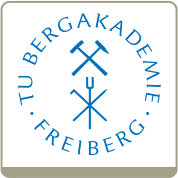
The IART is a renowned research centre for resource technologies, focussed on crushing, grinding, screening, air classification, pelletizing and briquetting machines and circuits. A large number of machines and test rigs in scale up to pilot size allows large scale experimental investigations for research, machine design and circuit layout. A dedicated mineralogical lab allows quantification of raw material microstructure with focus on best comminution technology, specific energy consumption and wear, liberation efficiency and product particle shape.
As part of the TU Bergakademie Freiberg, the oldest mining school worldwide, placed in an historic mining district with interesting new resource prospects, the institute is dedicated to sustainable exploitation of valuable resources by using innovative technologies such as selective comminution, high voltage electric impulse comminution, artificial intelligence and machine learning.
